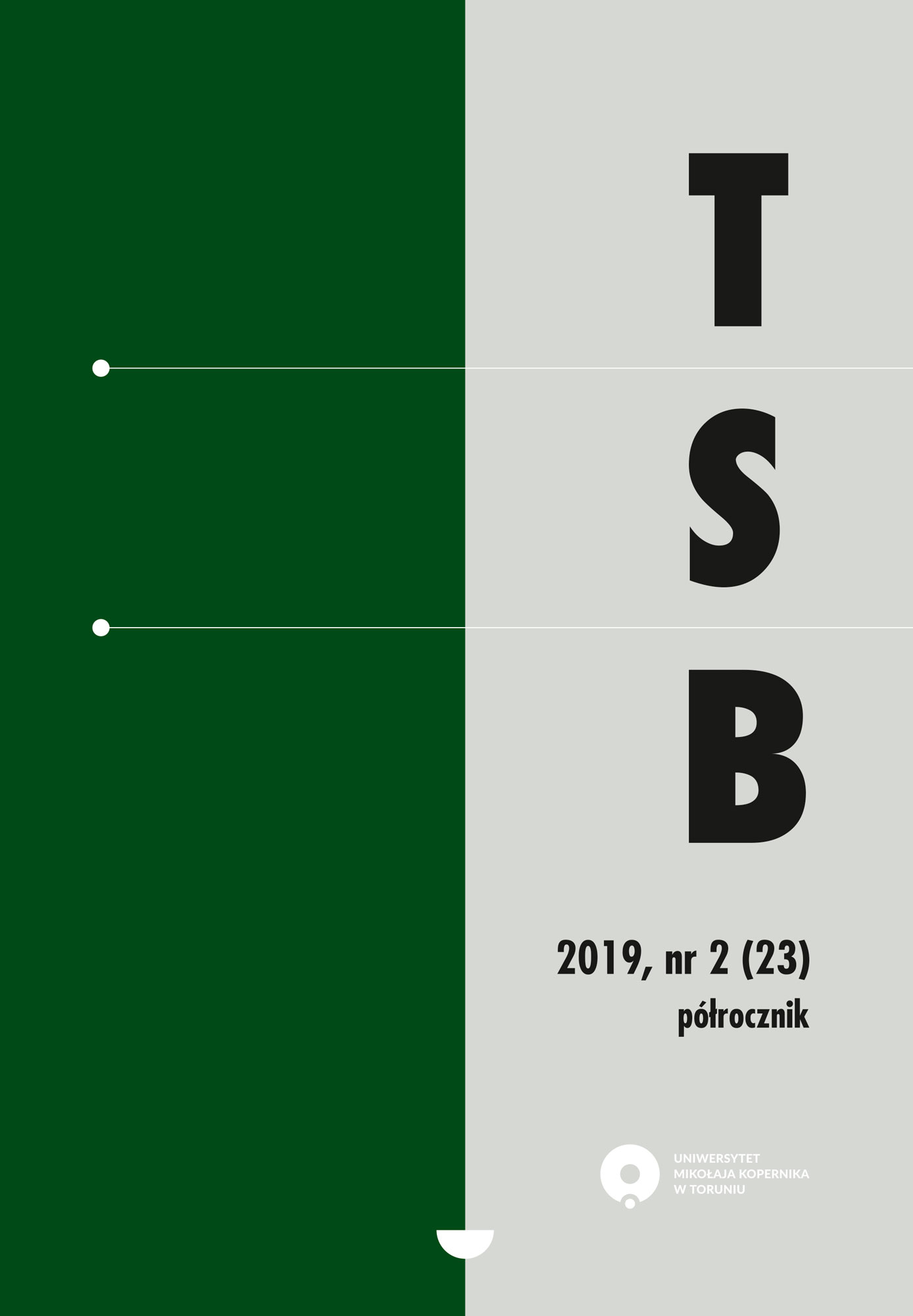Information Architecture (IA) design challenges for the Arabic-speaking user
DOI:
https://doi.org/10.12775/TSB.2019.014Keywords
information architecture, Middle East, Arabic, Semitic languages, design challengesAbstract
Information architecture design [hereafter: IA] is one of the important elements of information systems development. Depending on the target audience and its conditions, this task may be more or less challenging. A particularly interesting group of recipients are Arabic speakers. According to the latest report by Mohammed Bin Rashid Al Maktoum Global Initiatives and Bayt.com, 47 million new Internet users in the Middle East region are expected to arrive by 2021. Besides, the changes introduced by the authorities of the Middle East countries focus on the latest technologies enabling the management of the state via the Internet and specially designed mobile applications. We can also add to this the extremely high level of information provided by society’s writers, which drives the development of solutions using digital technologies. In the face of the following changes and the growing demand from Middle East user groups, information architects need to familiarize themselves with the IA design principles for the Arabic-speaking user for professional reasons. This is a new and promising niche for information architects which is worth a closer look.References
Arabic UX Design Consulting, IstiZada [online] [dostęp 30 listopada 2019]. Dostępny w World Wide Web: http://istizada.com/arabic-ux-design- consulting/.
Erumban Abdul Azeez, De Jong Simon B., Cross-country differences in ICT adoption: A consequence of Culture?, „Journal of World Business” 2006, vol. 41, nr 4, s. 302–314.
Gontarz Andrzej, Internet po arabsku, „Computerworld” [online] 2003 [dostęp 8 października 2019]. Dostępny w World Wide Web: https://www.computerworld.pl/news/Internet-po-arabsku,298108.html.
Kyunghye Yoon, Hulscher Laura, Dols Rachel, Accessibility and Diversity in Library and Information Science: Inclusive Information Architecture for Library Websites, „The Library Quarterly” [online] 2016 [dostęp 30 listopada 2019]. Dostępny w World Wide Web: https://www.journals.uchicago.edu/action/showCitFormats?doi=10.1086/685399
Rosenfeld Louis, Morville Peter, Architektura informacji w serwisach internetowych, Gliwice 2003.
Ruzza Mirko, i in., Designing the information architecture of a complex website: A strategy based on news content and faceted classification, „International Journal of Information Management” 2017, nr 37(3), s. 166–176.
Salem Fadi, The Arab World Online 2017: Digital Transformations and Societal Trends in the Age of the 4th Industrial Revolution, „SSRN Electronic Journal” [online] 2017 [dostęp 20 listopada 2019]. Dostępny w World Wide Web: https://papers.ssrn.com/sol3/papers.cfm?abstract_id=3059445.
Wonko-Jędryszek Joanna, Nadżib Mahfuz – pisarz o przemożnym pragnieniu opowiadania. „Archipelag”, 2012, nr 7, s. 123–128.
Downloads
Published
How to Cite
Issue
Section
Stats
Number of views and downloads: 584
Number of citations: 0



